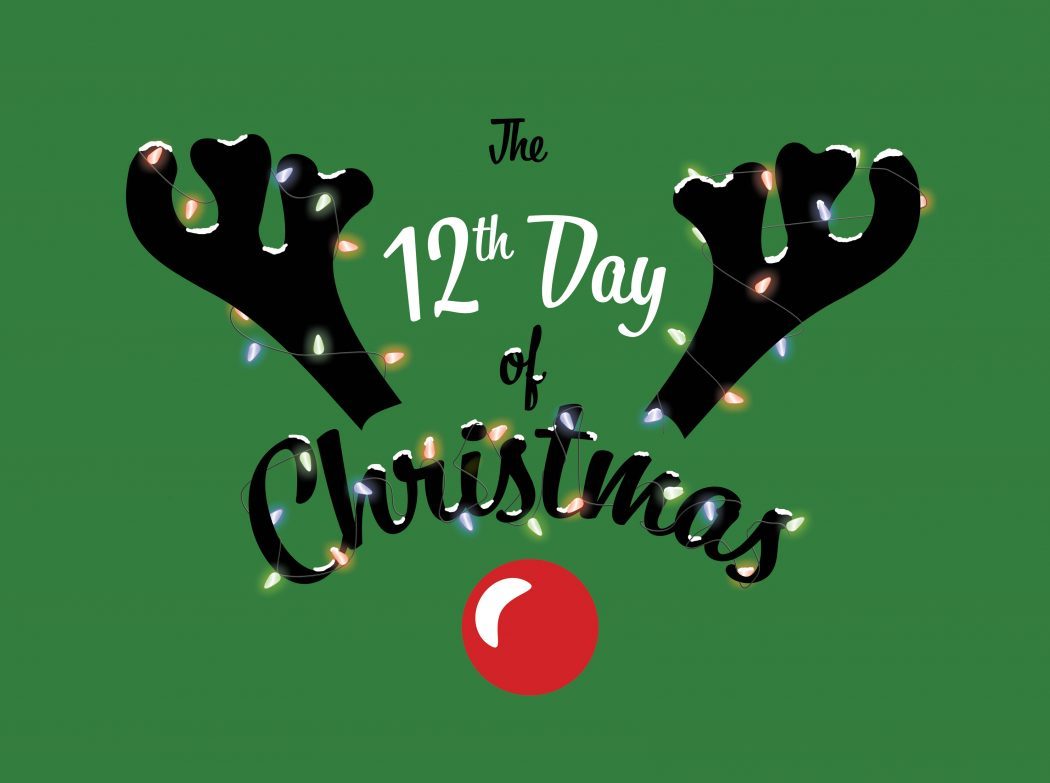12 days of Christmas: Holiday traditions around the world
The winter season is a time to celebrate with loved ones to eat lots of food, open presents and watch cheesy movies. Although Christmas is probably what comes to mind when you think of going home for the holidays, there are a lot of winter holidays that are celebrated throughout the months of December and January. Learning about these different holidays offers a unique and diverse perspective about cultures all around the world.
Hanukkah
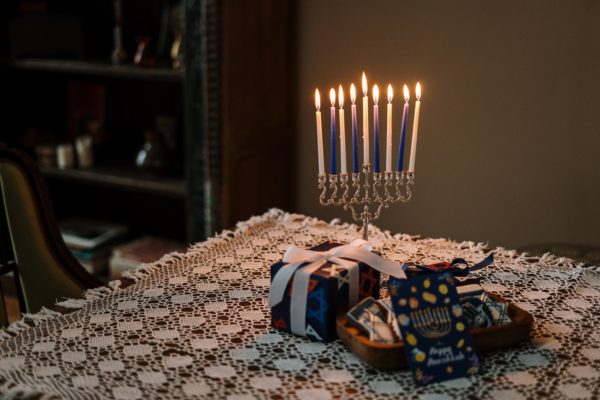
For each day over a period of eight days, Jews light a menorah to remember the miracle in a temple where one day’s worth of oil burned for eight whole days. Traditional Hanukkah foods are fried in oil. The most popular foods are potato pancakes called latkes and jam-filled donuts called sufganiyot. Other customs include playing games with a spinning top called a dreidel and exchanging gifts. For a lot of Jewish households, it takes the place of Christmas but remains a minor religious holiday.
Kwanzaa
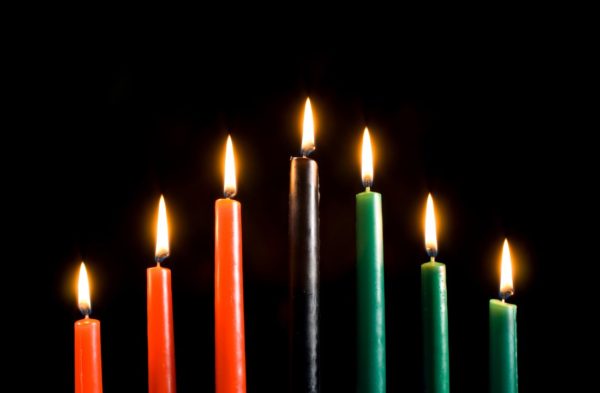
Kwanzaa means “first fruits” and is based on an ancient African harvest festival that celebrates ideals of family life and unity. Celebrated from Dec. 26 to Jan. 1, millions of African Americans dress in special clothes, decorate their homes with fruits and vegetables and light the kinara daily. The candles, which are red, black and green, are the colors of the Pan-African flag. The black candle represents unity and is lit on day one. On the second day the red candle, which represents struggle is lit, and on the third day, the green candle representing the future is lit. The candles then alternate until day seven is reached. There are no specific spreads of food, but different families and communities enjoy the Karamu each day to highlight the foods of the African diaspora.
Christmas
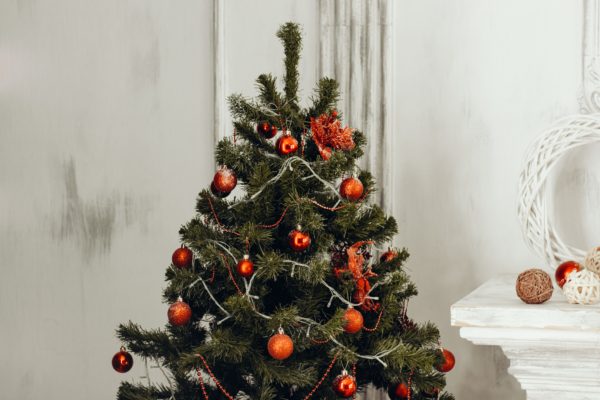
Christmas began centuries before the birth of Jesus Christ. Early Europeans celebrated light and birth in the darkest days of winter and rejoiced during the winter solstice when they could look forward to longer hours and brighter days. In the early days of Christianity, Pope Julius chose Dec. 25 as the day to celebrate the birth of Christ. Some scholars believe this was the case so the Church could absorb the Pagan holidays. These days Christmas has become a worldwide phenomenon and most people celebrate by exchanging gifts and spending time with family and friends. In Japan, they celebrate with a Kentucky Fried Chicken Dinner and in Germany, children stick their shoes outside so St. Nick can give them presents.
St. Lucia Day
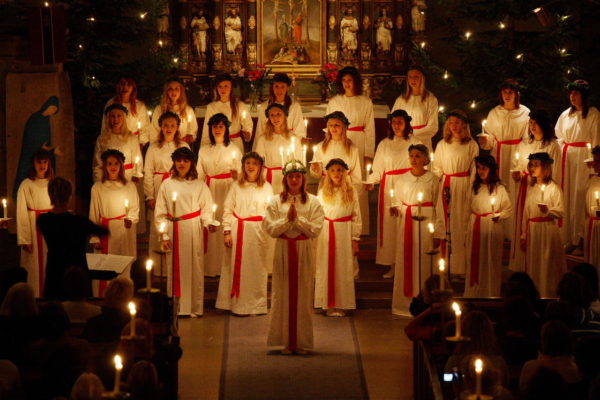
St. Lucia or St. Lucy was a fourth-century martyr under Diocletianic Persecution who brought food and aid to Christians hiding in Roman catacombs while wearing a lit wreath on her head to show the way. Her feast day is viewed as the festival of light and is celebrated mainly in Scandinavia and Italy. In Sweden and Norway, young girls dress like St. Lucia in white dresses and red sashes and carry cookies in procession, which symbolizes bringing the light of Christ into darkness. These girls also wake up their families by singing songs and bringing them coffee in the mornings.
New Year
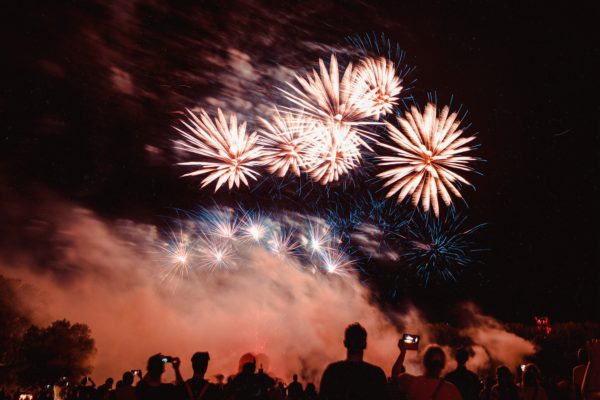
New Year or New Year’s Eve celebrates the last day of the year. Many view it as a time of rebirth or renewal and will create goals to focus on the following year. Many countries celebrate by counting down to midnight and setting off fireworks. In Ecuador, families will dress a scarecrow in old clothes to represent the old year. At midnight they burn the scarecrow in hopes their faults will disappear with him. In Greece, an onion is hung on the front door as a symbol of rebirth in the New Year. Some cultures such as China or Japan will observe traditional or religious New Years Day on different dates.
Lunar New Year
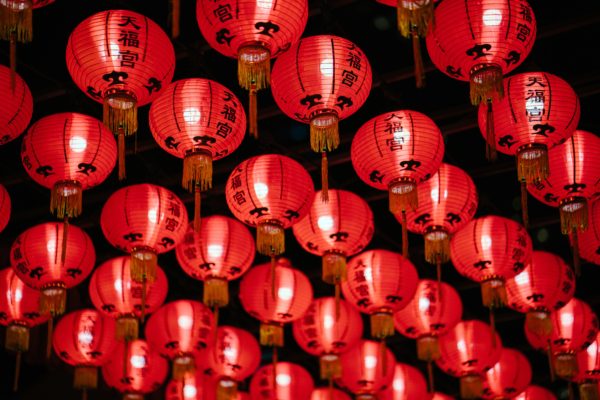
The Lunar New Year is observed in countries that follow lunar calendars such as Vietnam, Singapore, China and more. The Lunar New Year can be celebrated anytime in January, February, March, April, September or November depending on the lunar calendar, but February and March are the most common times. Traditions vary from culture to culture, but most will exchange red envelopes, set off fireworks, play games, clean the home, eat extravagant, traditional foods or hold parades.
Mardi Gras
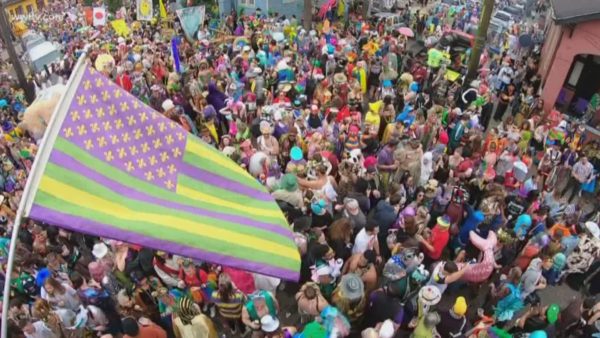
The Tuesday before Lent begins, called “Shrove Tuesday” or “Fat Tuesday,” is a time for Christians to party and be merry before focusing on reflection during Ash Wednesday. The first Mardi Gras party was held in modern-day Alabama by Pierre Le Moyne d’Iberville in 1699. Mardi Gras is big in New Orleans where people wear costumes and attend large parades and festivals. Traditional colors are purple, green and gold: purple for justice, gold for power and green for faith. Brazil holds a Carnaval that also features extravagant parties with music and costumes. In England, some villages have pancake-making contests where women run a race where they have to flip a pancake three times.
 Sydney Dahle is a fourth-year student studying history and political science at Utah State and is currently the Lifestyles Content manager for the Utah Statesman. She hails from St. Louis, Missouri, and spends her free time writing and listening to music.
Sydney Dahle is a fourth-year student studying history and political science at Utah State and is currently the Lifestyles Content manager for the Utah Statesman. She hails from St. Louis, Missouri, and spends her free time writing and listening to music.
—sydney.dahle@usu.edu
@dillydahle

